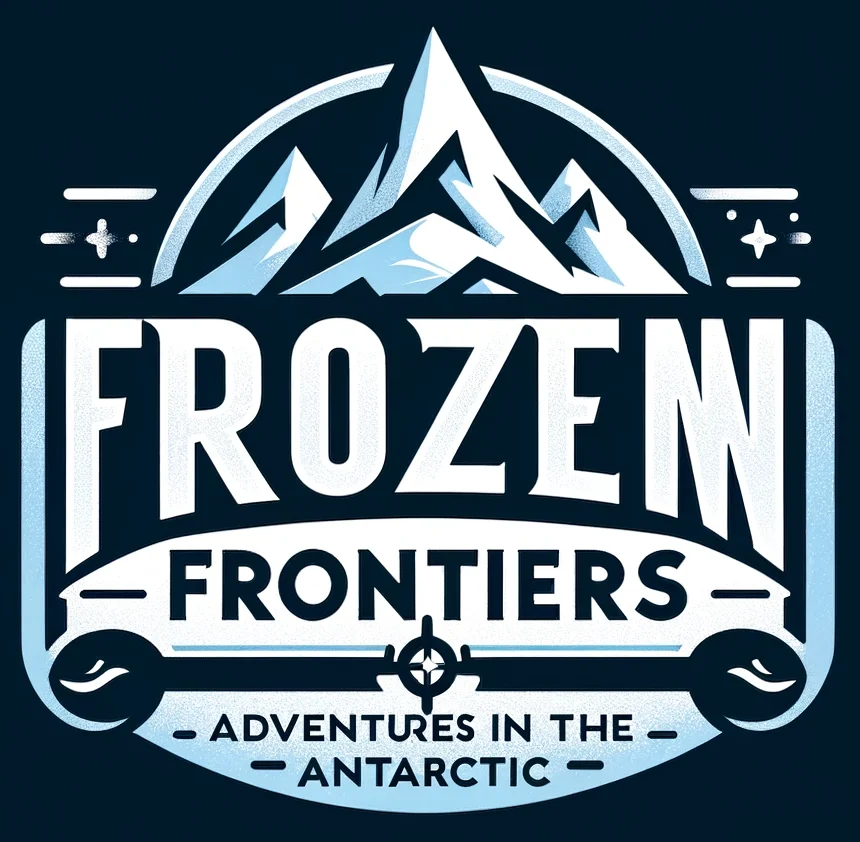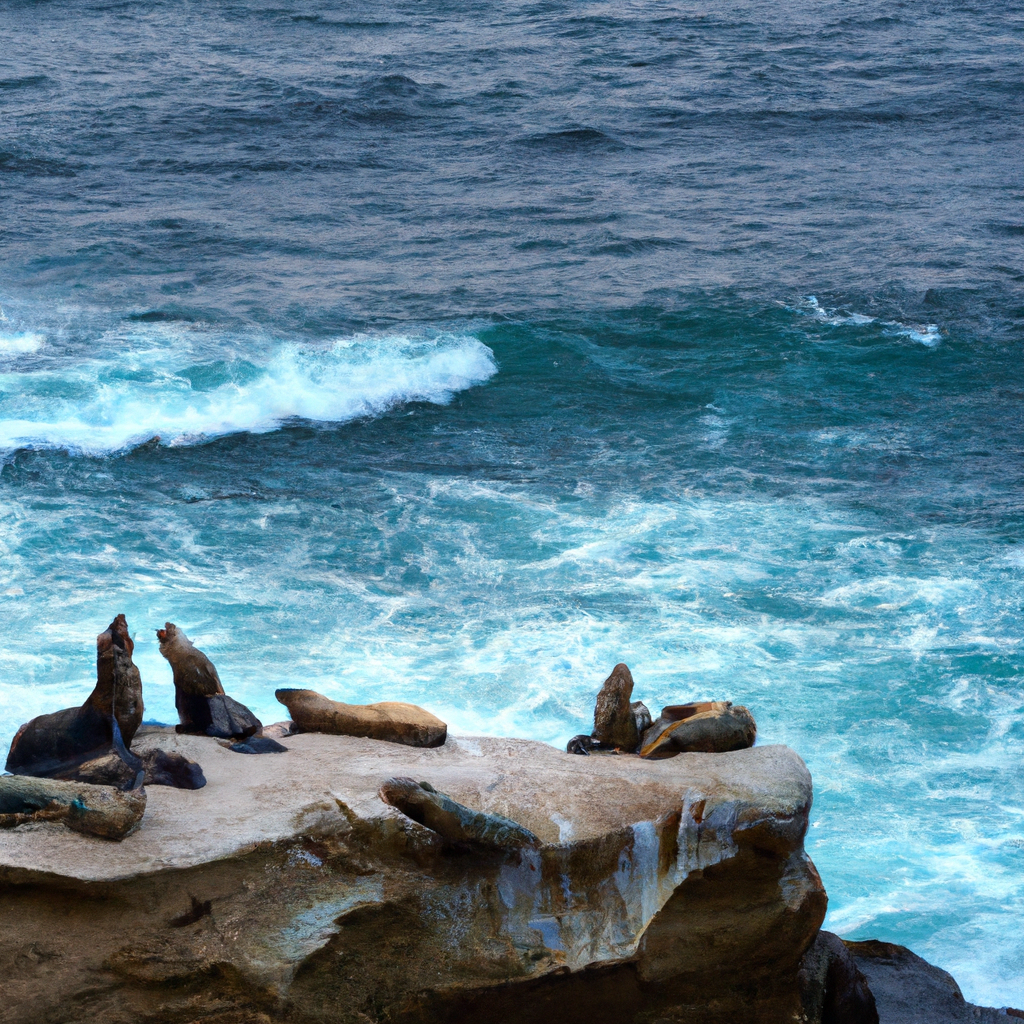Discover the hidden world beneath the waves as we unravel the mystery of seal and sea lion sightings. Are these majestic creatures more prevalent than meets the eye? Let’s dive in and explore the fascinating encounters awaiting us in the depths of the ocean.
the difference between seals and sea lions
Keeping track of the marvelous marine fauna can be a fascinating journey, especially when one encounters seals and sea lions in the wild. While they both belong to the same family, there are distinctive features that set them apart. Let’s delve deeper into the world of these captivating creatures to discern the contrasts between seals and sea lions.
Physical Characteristics
Seals:
– Thick layer of blubber
– Shorter, more rounded flippers
– Slower and more cumbersome on land
Sea Lions:
– Leaner body structure
– Long and powerful front flippers
– Able to walk on land with a more agile gait
Habitat and Behavior
Seals:
– Prefer icy polar regions
– Solitary creatures and less social
– Hunt individually underwater
Sea Lions:
– Found in milder climates
– Form colonies and are more social
– Hunt in groups and have a more varied diet
Vocalizations and Communication
Seals:
– Produce various sounds like grunts, growls, and clicks
– Vocalizations play a crucial role in mate attraction
Sea Lions:
– Known for their loud barks and distinctive “roar”
– Use vocalizations to establish territories and communicate within colonies
Swimming Abilities
Seals:
– Well-adapted for long dives and underwater navigation
– Move gracefully in the water with their hind flippers
Sea Lions:
– Excellent swimmers known for their agility
– Use their front flippers to propel themselves through the water
Interactions with Humans
Seals:
– Tend to be more elusive and avoid human contact
– Occasionally approach humans out of curiosity
Sea Lions:
– Often interact with humans in captivity or tourist locations
– Display more curiosity and playfulness towards humans
In conclusion, the differences between seals and sea lions extend beyond their physical appearance to encompass their behavior, habitat preferences, and interactions with both their environment and humans. Understanding these distinctions enhances our appreciation for the diverse marine life that inhabits our planet’s oceans.
common habitats for seals and sea lions
The marine environments that seals and sea lions call home are as diverse as they are fascinating. Let’s dive into the intricate ecosystems that support these incredible creatures.
The Arctic Realm
In the icy realms of the Arctic, seals and sea lions find ample hunting grounds among the floating sea ice. Species like the harbor seal and the bearded seal rely on these icy platforms for resting, giving birth, and evading predators. The Arctic’s frozen landscapes provide a stark yet beautiful backdrop for these marine mammals to thrive.
The Coastal Haven
Seals and sea lions also frequent coastal habitats, where rugged cliffs meet the crashing waves of the sea. Coastal areas provide these animals with sheltered spots to rest and breed, away from the open ocean’s harsh conditions. Places like rocky islets and secluded coves offer sanctuary for seals and sea lions seeking respite from their oceanic journeys.
Deep-Sea Dwellings
Some species of seals and sea lions venture into the depths of the ocean in search of food and refuge. Descending to great depths, these marine mammals demonstrate remarkable diving capabilities as they navigate the dark, cold waters in pursuit of prey. The deep-sea environments where they hunt are teeming with life, forming a crucial part of the intricate marine food chain that sustains these apex predators.
Island Paradises
Remote islands scattered across the world’s oceans serve as vital habitats for seals and sea lions. From the Galápagos Islands to the Falklands, these isolated paradises provide breeding grounds and nurseries for numerous seal and sea lion species. The unique landscapes and bountiful waters surrounding these islands offer a glimpse into the natural heritage of these captivating marine creatures.
In conclusion, exploring the habitats of seals and sea lions reveals the sheer adaptability and resilience of these remarkable animals. From the frozen Arctic to the sun-drenched islands, these marine mammals have carved out niches in some of the planet’s most diverse environments, showcasing the beauty and biodiversity of our oceans.
factors influencing seal and sea lion sightings
Seals and sea lions are fascinating marine mammals that capture the hearts of many wildlife enthusiasts. Their sightings in the wild are often unpredictable, influenced by various factors that contribute to their presence in specific locations.
water temperature
Water temperature plays a crucial role in the distribution and behavior of seals and sea lions. These animals are known to prefer waters with temperatures that suit their physiological needs. Warmer waters may attract different species compared to colder waters, impacting sightings in specific regions.
availability of prey
The availability of prey is a key factor influencing the presence of seals and sea lions in certain areas. These marine mammals rely on a steady food supply, such as fish and squid, leading them to frequent locations where prey concentrations are high. Changes in prey abundance can affect their distribution patterns.
habitat features
The habitat features of an environment also play a significant role in seal and sea lion sightings. These animals inhabit diverse landscapes, including rocky shores, sandy beaches, and ice floes. Each species has specific habitat preferences, influencing where they can be observed in the wild.
human activity
Human activity can have both positive and negative impacts on seal and sea lion sightings. While responsible wildlife tourism can offer unique viewing opportunities, excessive human presence may disturb these animals, causing them to move away from popular sites. Conservation efforts are essential to minimize human-induced disturbances.
climate change
Climate change is a pressing issue that affects the marine environment and, consequently, seal and sea lion populations. Changes in sea ice coverage, ocean temperatures, and prey availability directly impact the distribution of these marine mammals. Monitoring climate trends is essential for understanding their long-term habitat requirements.
In conclusion, a combination of environmental, ecological, and anthropogenic factors influences seal and sea lion sightings in the wild. By considering these factors, researchers and conservationists can enhance their understanding of these charismatic animals and work towards ensuring their long-term survival in our oceans.

